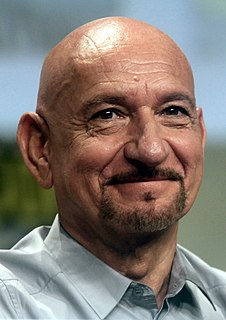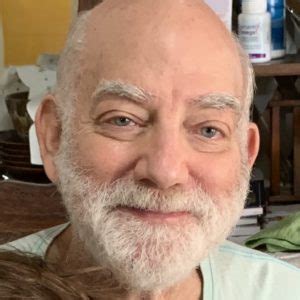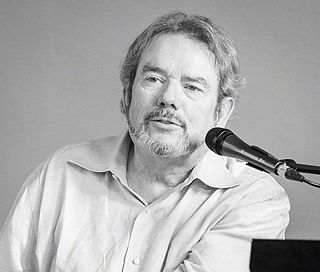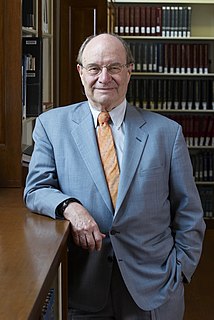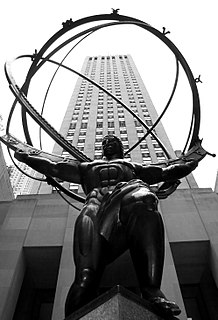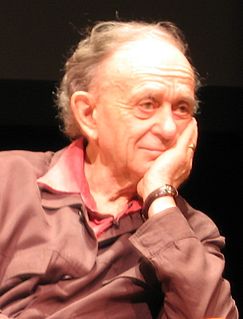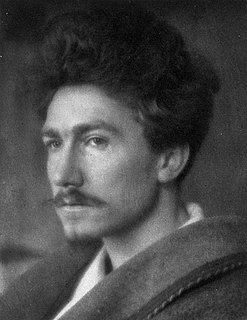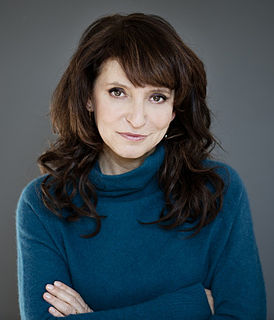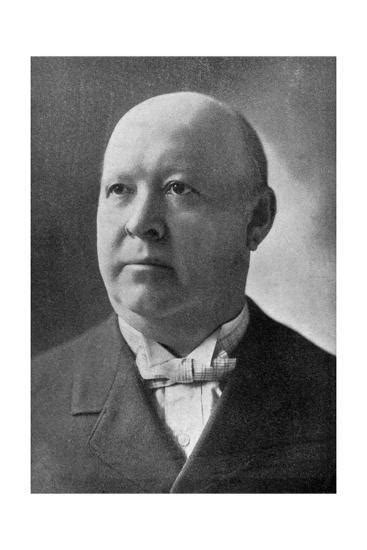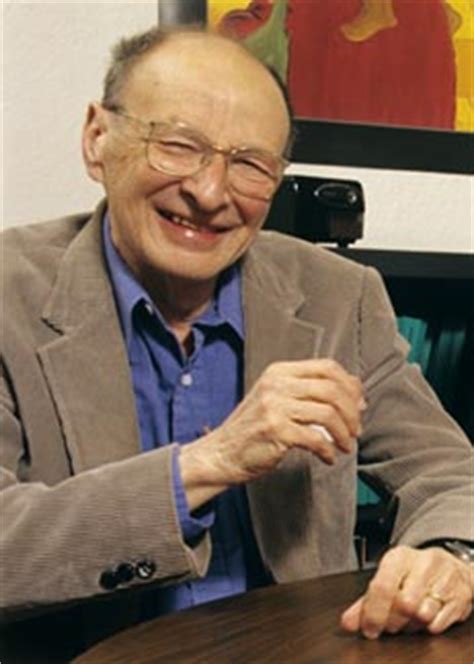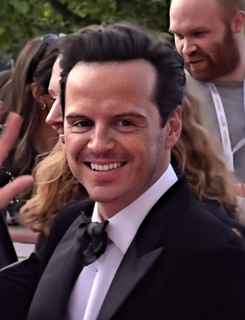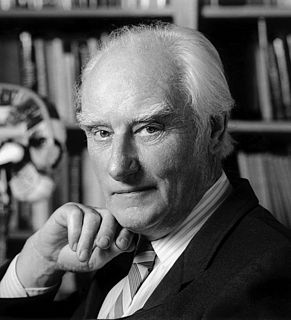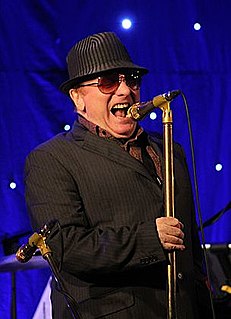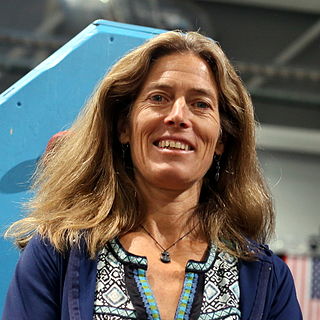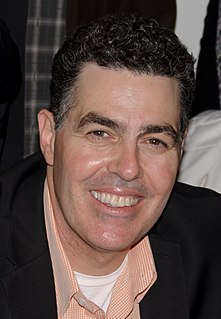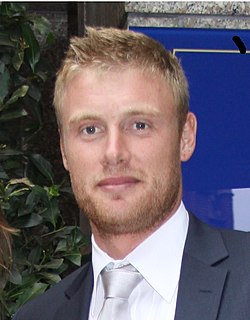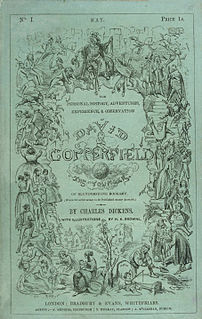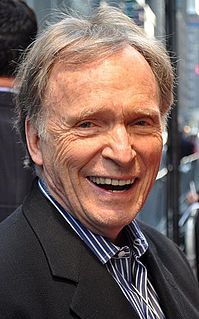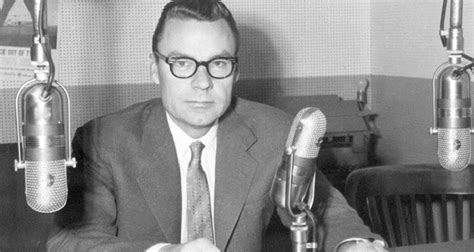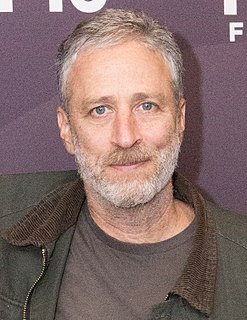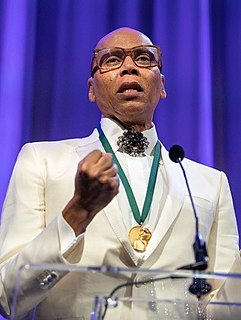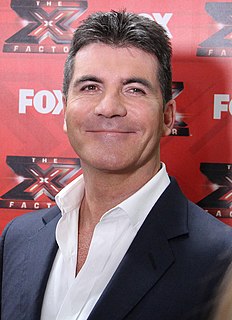A Quote by Edith Bowman
That's the power of music, a key sequence or a chord sequence or even a note can do something to you physically that's uncontrollable.
Related Quotes
Even if chords are simple, they should rub. They should have dissonances in them. I've always used a lot of alternate bass lines, suspensions, widely spaced voicings. Dfferent textures to get very warm chords. Sometimes you're setting up strange chords by placing a chord in front of it that's going to set it off like a diamond in a gold band. It's not just finding interesting chords, it's how you sequence them, like stringing together pearls on a string. ... Interesting chords will compel interesting melodies. It's very hard to write a boring melody to an interesting chord sequence.
Thus if we know a child has had sufficient opportunity to observe and acquire a behavioral sequence, and we know he is physically capable of performing the act but does not do so, then it is reasonable to assume that it is motivation which is lacking. The appropriate countermeasure then involves increasing the subjective value of the desired act relative to any competing response tendencies he might have, rather than having the model senselessly repeat an already redundant sequence of behavior.
Relaxation, acceptance, and keeping open mind are key. First of all, peak performance isn't possible if one is not relaxed, and if one is going to stay relaxed they must simply accept problems when they arise and decide to solve them. If I can't do a move I merely accept that I haven't discovered the right sequence, instead of trying the same sequence over and over or just quitting. I will try to do it 20 or 30 different ways, making subtle changes in body position and fot placement, until I find something that does work. That's what I mean by keeping an open mind.

